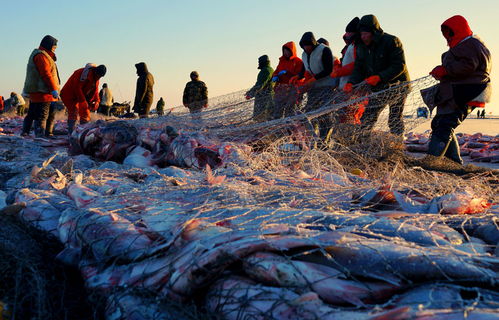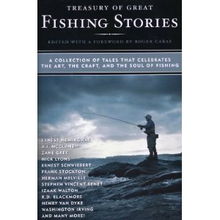Content:
Fishing, an ancient pastime that has stood the test of time, is not just about patience and tranquility; it's also an art that requires precision and skill. One of the most critical aspects of fishing is mastering the rhythm and technique of your tackle. Whether you're a seasoned angler or a beginner, understanding how to handle your equipment can significantly enhance your chances of a successful catch. Here's a comprehensive guide on how to grasp the rhythm and technique of fishing.
Understanding the Basics
Before diving into the specifics of rhythm and technique, it's essential to understand the basics of your tackle. This includes knowing the type of fishing rod, reel, line, lure, and bait you're using. Each component plays a role in the overall performance of your setup.

Rod Selection: The fishing rod is your primary tool for casting and reeling in your catch. Choose a rod that matches the type of fish you're targeting and the size of the lure or bait. A lighter rod is more sensitive and ideal for delicate presentations, while a heavier rod is better for casting heavier lures and tackling larger fish.
Reel Type: There are two main types of reels – spinning and baitcasting. Spinning reels are great for beginners and are suitable for a wide range of fishing situations. Baitcasting reels, on the other hand, are more advanced and require a bit of practice to master but offer greater control and distance.
Line Selection: The type of line you use depends on the fish you're targeting and the environment you're fishing in. Monofilament is the most common type of line, offering good flexibility and stretch. Fluorocarbon line is nearly invisible underwater and is ideal for clear water conditions. Braided line is strong and has no stretch, making it excellent for catching strong fish.
Lure and Bait: The choice of lure or bait depends on the species of fish you're trying to catch. Live bait can be effective, but artificial lures can be more versatile and fun to use. Research the local fish species and their preferences to make an informed decision.
The Rhythm of Fishing
The rhythm of fishing is the pattern and timing of your actions. It's important to maintain a consistent rhythm to ensure your tackle performs as intended.
Casting: When casting, it's crucial to maintain a smooth, steady motion. Start with a gentle backcast, then accelerate through the forward cast. The key is to keep the rod tip moving in a straight line. Practice different casting techniques, such as roll casting or sidearm casting, to adapt to various fishing scenarios.
Reeling: Reeling in your line should be a steady, controlled motion. Avoid reeling too fast, as this can cause the lure to move erratically. If you're fishing with live bait, you may need to reel more slowly to mimic the natural movement of the bait.
Setting the Hook: Once you feel a bite, it's important to set the hook quickly and efficiently. Use a firm, upward lift of the rod tip to ensure the hook is securely engaged in the fish's mouth.
Techniques for Success
Timing: Timing is everything in fishing. Learn to read the signs of a bite, such as a sudden drop in line tension or a tap on the rod. Reacting quickly can make the difference between a caught fish and a missed opportunity.
Patience: Patience is a virtue in fishing. Sometimes, the fish may not bite immediately. Stay patient and keep your rhythm, as the fish may eventually show interest.
Adaptability: Be prepared to adapt your technique based on the fish's behavior and the environment. If you're not getting bites, try changing your lure, bait, or approach.
Safety: Always prioritize safety when fishing. Wear appropriate clothing, use sunscreen, and be aware of your surroundings to avoid accidents.
In conclusion, mastering the rhythm and technique of fishing involves understanding your tackle, maintaining a consistent rhythm, and employing effective techniques. With practice and patience, you'll be able to enhance your fishing experience and increase your chances of a successful catch. Remember, fishing is not just about the catch; it's about the journey and the experience.












